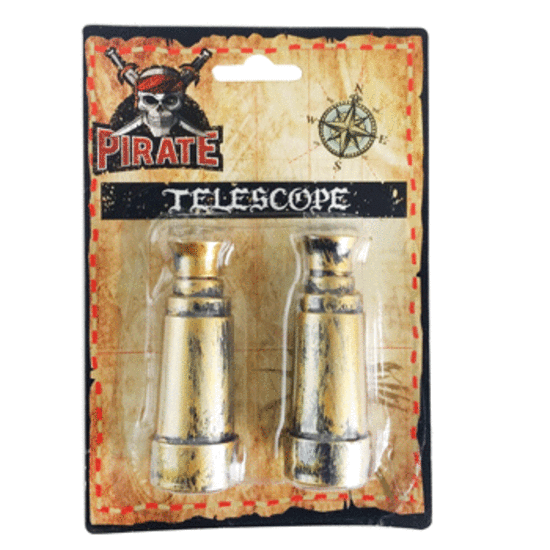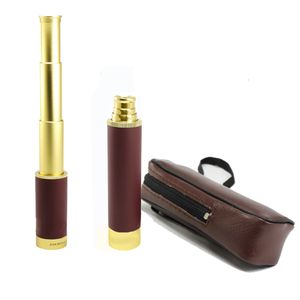

↳ Challenges Q&A and target suggestions.Sounds like are way out of focus.TSS Photo of the Day & Viewing Report of the Day.↳ Electronically Assisted Astronomy (EAA).↳ Remote Imaging - Images and Discussions.I tried using porch lights or stuff but it didnt seem to give any useful results I just see a fuzzy dot for any brightness of stars i try looking at. I also dont see any "rings" like in the picture. so i have no chance to really do a good star test the star will shrink and expand multiple times while trying to focus around the sharpest point like theres multiple focus points and its not even remotely close.Īlso right now its going to be cloudy every night all week long for at least 5 days from now. I tried doing a star test but I dont get images anywhere remotely close to the over/under/correct images. could anyone recommend me a cheap decent one that is 1.25" but has a good wide focuser tube and fits a 70mm refractor telescope? also uses 3 screws to hold it in. I'd need a new focuser mechanism that fits the telescope. but if i shorten it too much i wont have much room to focus.Ī better solution would be a wider focuser tube somehow so I can go ham on the baffling without causing vignetting or reducing the aperture. I could try shortening the focuser tube more.

Ive tried all kinds of ways to fix it but havent found a way that fixes it without reducing the aperture of the telescope or causing excessive vignetting. theres a noticable glow all around the inside of the focuser tube in the day. and very noticeably reduces contrast in bright light or in the daytime. So its very obvious in the image at the edges of an eyepiece exit pupil. it'd reduce the effective aperture of the telescope dramatically with only a 5mm ring in the middle of the focuser tube. Theres not enough room inside to add baffling or flocking. so the walls of it are very visible in any eyepiece really I'm not able to do much flocking or blackening inside the tube or the focuser (Most of the problem is the focuser really rather than the actual telescope tube.) the focuser tube is rather small. i think theres enough room for 3 elements (enough screw thread length)īut I much rather just make the best of what I got I could order some lenses if they are reasonable enough price. There is always the possibility of replacing the lens by a f/5 triplet apochromatic one. Testing on spacing is already discussed in the post above by Lady Fraktor. And at the cost of light gathering.Ĥ- Have a long and critical look at the eyepieces. More contrast and edge-sharpness at the cost of resolution.
#PIRATE TELESCOPE BLURRY FULL#
Still, you'll have a total view of the full aperture.ģ- Stopping down the aperture to f/18, from 70 to 20 mm. From the eyepiece view no, I repeat NO false light should reach the eyepiece.You are not even allowed to see the inside tubewall as a result of the baffles. The same as telescope builders did in the forgoing centuries:ġ- Adding baffles in order to prevent extraneus reflected light to reach the eyepiece: result: less misty and more contrast.Ģ- Blackening or flocking the inside tube. There is no way your lens can reach the values you want. What you want is the image of a triplet apochromat.Ī f/5 doublet achromatic lens suffers 9 times more from CA and unsharpness at the edges of the field. So, a f/15 doublet achromat, deeply blackened at the inside and with internal baffles gives acceptable images with some CA. Later on, triplet lenses were used for even more sharpness and CA suppression. In order to give an acceptable image f/15 or so was still necessary.

(less milky or misty images)ĭollond made the first commercial achromatic doublet lenses, what meant that only two colors were more or less united in one focuspoint. In order to prevent all incident light, baffles were found out. Not to mention the light that is reflected along the telescope 's inside tube. As a result single lenses with f/30 to f/50 or even slower( f/100 )to accomplish an image with less spherical aberration (more sharpness) and less chromatic aberration.Ĭhristiaan Huygens already knew that the inside of the telescope should be blacker than black in order to prevent incident light from falling into the eyepiece. As a result he introduced his "invention": an internal diafragm that stopped the opening down.

Lensmakers in the seventeenth century (for example Hans Lipperhey) found out that the center of a lens gives a sharper image.


 0 kommentar(er)
0 kommentar(er)
